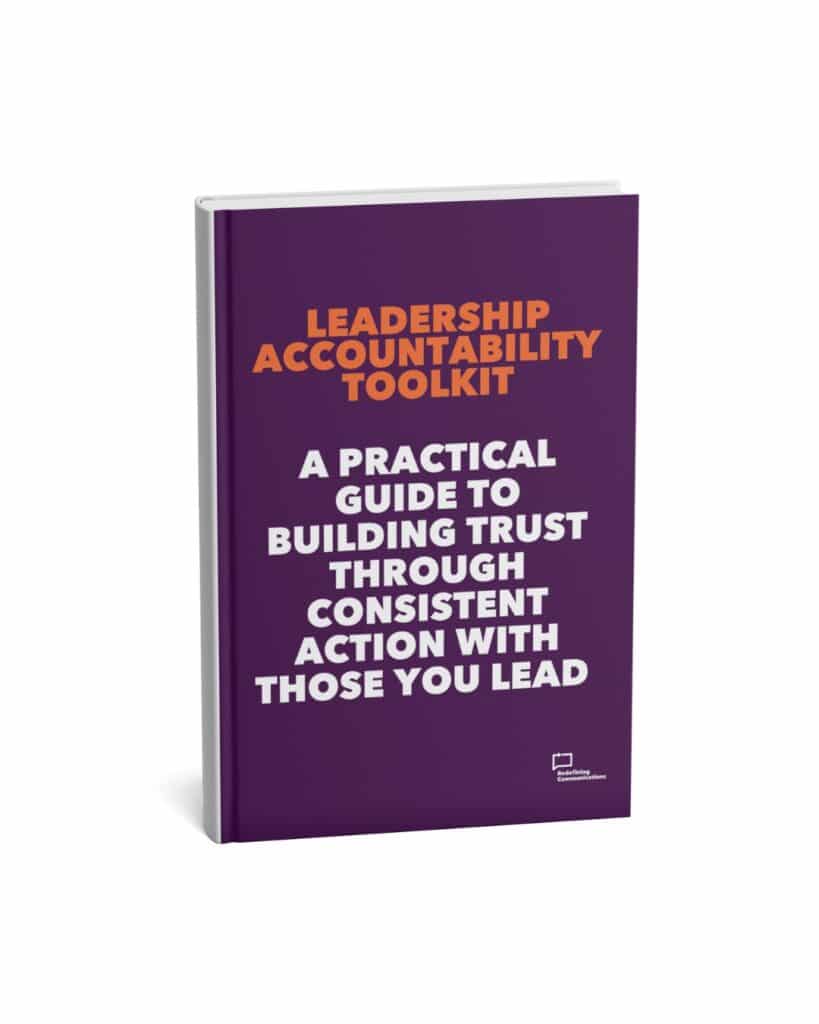We help clients work out the root cause behind issues that are impacting efficiency and employee engagement. This can often be big-ticket items like mergers and acquisitions, rapid growth or leadership behaviour, and it can also be during business transformation. Earlier this year we asked our community about the issues and chaos affecting their organisations and teams. We wanted to assess the reach of these issues and find out if there were any others we could provide support around.
The people who took part in our Reality Check research survey were senior communication directors, heads of communication and internal communication managers. We had respondents from organisations ranging from less than 500 to over 10,000 employees, operating across the UK, Europe, USA, Africa and Asia. In this blog, we share some of the insights and key takeaways from our research.
The main sources of chaos in organisations:
- 70% are experiencing team friction – from losing business to reducing efficiency, team friction causes all types of issues. At its root, this is about relationships and the ability to listen and work in partnership with others. As we know, poor communication wreaks havoc when it comes to making connections and working well together.
- 48% are experiencing a toxic culture – a toxic culture can manifest through employees, actively disengaged people or where change is being routinely blocked. This could be because people are against the strategy, there are behavioural issues within the leadership team, imminent change is creating fear, or there’s a capability gap within the leadership team. Whenever you are working through culture change as a leadership team, you must be comfortable with being uncomfortable. It will require aspects of vulnerability, bravery, courage and listening to others. Often, it’s about refocusing time and energy in a different place.
Interestingly 27% experienced both toxic culture and team friction. While 30% said they have a positive culture, and their people work together effectively.
- 45% are experiencing chaos due to operational challenges due to the pandemic – this is inevitable due to the business change that many had to go through to survive. The rapid need for home working meant we lifted and shifted to online working, but this was never designed to be a long-term solution. What we see now are challenges around how to be operationally efficient with a dispersed workforce, and we need to explore the long-term reality that the pandemic is leaving us with. Symptoms of operational challenges include frustrations from teams or individuals, things taking a long time to get done, and a lack of knowledge about what happens and where.
- 33% are experiencing chaos due to rapid growth – symptoms of rapid growth include things like leaders not knowing how to grow, too much working in the business, rather than on the business, cultural friction – from the old to the new, lack of transparency about business performance or leaders not doing what they say they will (the say-do gap). With rapid growth – whatever the size of the organisation – comes an important window of opportunity to adapt, re-evaluate processes and ways of working.
- 27% are experiencing chaos due to leadership changes – when chaos hits the leadership team it can have a huge impact on the whole organisation, resulting in a lack of alignment, inability to make decisions, absence of leadership skills or egos that prevent progress.
- 9% are experiencing chaos due to mergers and acquisitions – things happen at a fast pace during a merger or acquisition and the process is very time-consuming for leadership, which means other elements can slip. Not focusing on people during this period is a huge risk to productivity and efficiency – it’s likely that egos and personalities will be involved too, which all adds to the chaos.
And there’s more…
Respondents also identified additional sources of chaos beyond the options we provided. Here is a selection:
- A “customer first” philosophy that takes employees for granted
- Channel confusion
- Hybrid working
- Lack of clarity from the leadership on the vision, mission and purpose
- Lack of communication, not moving with the times
- Lack of diversity and no fairness
- Operational challenges not due to pandemic
- The company trying to catch up with the times in terms of technology and process.
Many of these issues and symptoms of chaos have a significant impact on employee engagement and the employee experience, so there’s certainly a lot to focus on for organisations today – only one respondent said there was no chaos!
Thank you so much to everyone who gave their valuable time to take part in our survey. We’re looking forward to sharing more advice on the issues raised and answering questions asked in the research. If you have any questions about this research or would like to ask me anything else, please get in touch








